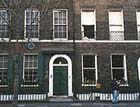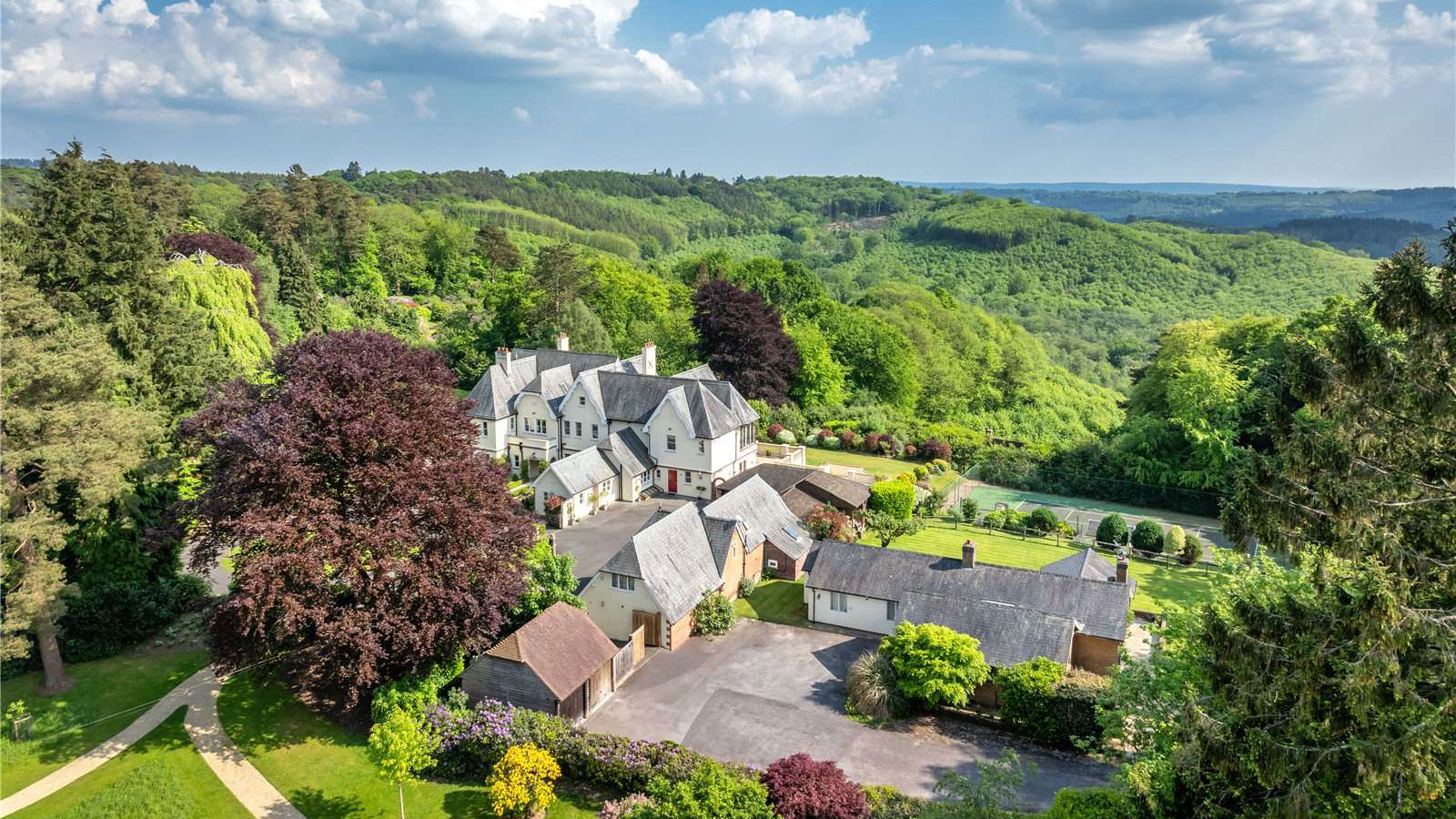Top London property soars
The best properties in Central London have risen by as much as a third in the past year, new research has found.


Prime Central London property has broken records again, rising by 33.3%in the past twelve months, according to the latest Knight Frank report. Their research found this is the fastest rate of growth in the capital since 1979 and means that prices in central London are now rising faster than the wider UK market by almost three times, with Belgravia and Knightsbridge leading the way. Evidence of this becomes obvious when prices per square foot are examined: exceptional London properties are now hitting £3,000 per sq ft, while Knight Frank says some are even breaking through the £4,000 per sq ft barrier; prices unmatched in the rest of the world. Only Monaco is able to compete with London in these terms, the report claims, with prices of £2,190 per sq ft; New York, Hong Kong and Tokyo follow on at £1,600,£1,230 and £1,100 per sq ft respectively. However, prime property in London cannot continue this relentless growth forever, and Knight Frank predicts that the heat will come out of the market in coming months: ?Our date reveals some indications that the market may well be close to its peak in London. A slight shift in demand and supply appears to be beginning which, if it continues, will begin to see a move away from a sellers to a buyers market. We believe that price growth will begin to become more subdued by late summer, but we still think that central London prices for property priced over £3m will grow by 20% in 2007,? said Liam Bailey, Knight Frank?s head of residential research.
Sign up for the Country Life Newsletter
Exquisite houses, the beauty of Nature, and how to get the most from your life, straight to your inbox.
-
 Athena: We need to get serious about saving our museums
Athena: We need to get serious about saving our museumsThe government announced that museums ‘can now apply for £20 million of funding to invest in their future’ last week. But will this be enough?
By Country Life
-
 Six rural properties with space, charm and endless views, as seen in Country Life
Six rural properties with space, charm and endless views, as seen in Country LifeWe take a look at some of the best houses to come to the market via Country Life in the past week.
By Toby Keel